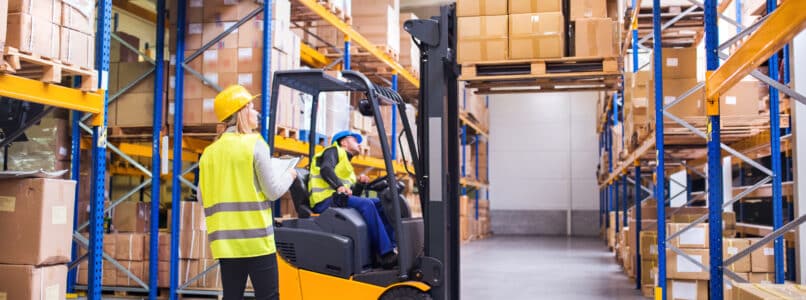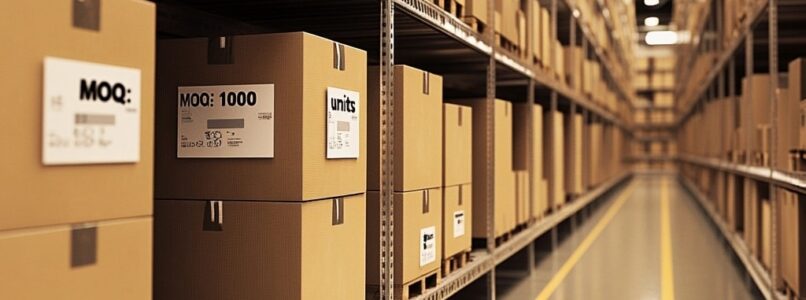Estimated reading time: 2-3 minutes
LTL vs. FTL: Understanding the Difference
To fully understand LTL shipping, it helps to compare it to FTL. LTL focuses on efficiency for smaller loads—think pallets or crates that don’t fill an entire trailer. A single truck might carry goods for several companies, making multiple stops along the route. FTL, in contrast, involves one shipper, one load, and one destination. If you’re moving 15,000 pounds of product across the country, FTL might be your best choice. However, for a 500-pound inventory shipment heading to a regional retailer, LTL is the more practical solution.
The decision between LTL and FTL comes down to volume, urgency, and budget. LTL is ideal for businesses with smaller, frequent shipments—like e-commerce sellers, manufacturers shipping parts, or retailers restocking shelves. FTL, on the other hand, is best for larger, time-sensitive shipments requiring direct delivery.
How LTL Trucking Works
LTL carriers are the unsung heroes of this system, operating like a well-oiled relay race. It starts when a shipper hands off their freight—say, a few pallets of electronics—to a carrier like XPO Logistics or Old Dominion. The carrier consolidates it with other shipments at a terminal, plotting an optimized route. Trucks then hit the road, dropping off and picking up along the way, until your goods reach their endpoint. Tracking tech keeps shippers in the loop, offering real-time updates via online portals or apps.
The benefits? Cost savings top the list—why pay for a full truck when you’re only using a fraction? LTL also reduces waste, aligning with sustainability goals by maximizing truck space. Plus, it’s scalable: whether you’re shipping 100 pounds or 5,000, LTL adapts. The trade-off is speed—multiple stops mean longer transit times than FTL’s point-A-to-B sprint—but for many, the savings outweigh the wait.
LTL Freight in Logistics & Supply Chain
LTL plays a vital role in transportation, bridging the gap for businesses that are too small for FTL but too large for parcel services like UPS or FedEx. It’s the ideal solution in the $900 billion U.S. freight market, according to the American Trucking Associations, striking the right balance between cost and capacity. For supply chains, LTL ensures inventory moves efficiently without breaking the bank.
LTL pricing depends on factors such as weight, distance, and freight class (a standardized measure of a load’s density and value). A 200-pound shipment from Chicago to Denver may cost between $150 and $300—much less than hiring an entire truck. However, delivery times can vary; expect two to seven days compared to the one to three days for FTL. Major carriers like FedEx Freight, Saia, and Estes dominate the space, using extensive terminal networks to keep goods moving efficiently.
Though it may not always grab the spotlight, LTL is indispensable. It powers e-commerce growth, just-in-time manufacturing, and retail distribution. For businesses, especially those managing unpredictable demand and tight margins, LTL is a lifeline—a reminder that you don’t need a full truck to make a significant impact on your operations.
Looking to optimize your shipping process? Selery offers efficient and cost-effective LTL shipping solutions tailored to your business needs. Contact us today to learn how we can streamline your logistics and help you save on shipping costs.



